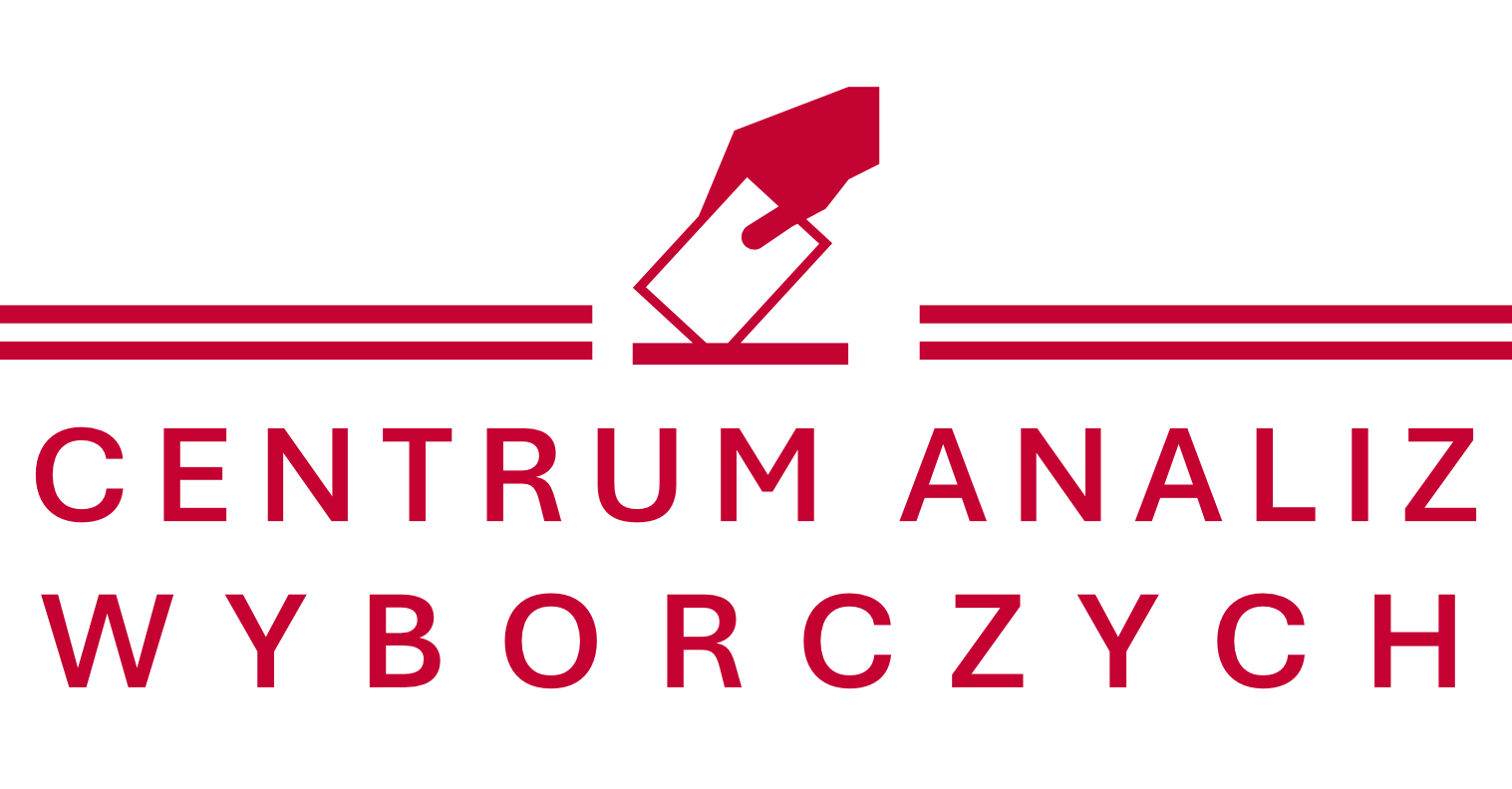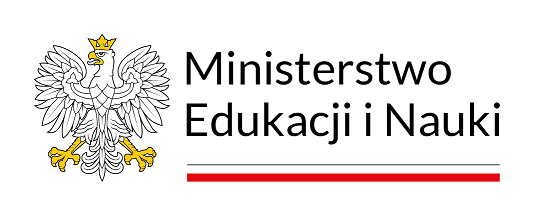Electoral threshold
What is electoral threshold?
An electoral threshold is one element of an electoral formula. A statutory threshold is understood as a legal norm that makes admission to the distribution of seats (either in general or at a particular level of distribution) conditional on obtaining a certain level of support or meeting other criteria. The required support, most often expressed as a minimum percentage of validly cast votes, may be defined for each constituency or for the entire area in which the election is held, with different consequences. Other criteria may apply to systems with different levels of seat allocation, in which participation in the distribution of seats at a given (higher) level may depend not only on obtaining a certain level of support (e.g. expressed as a minimum percentage of the valid votes cast), but also on the number of seats obtained at another (lower) level¹. As an example, one can also mention the electoral system applied in the elections to the Sejm of the Republic of Poland for the first term (in 1991), in which participation in the distribution of seats from the national list was conditional on the district lists linked to the national list obtaining at least 5% of the validly cast votes or obtaining seats in at least 5 districts.
It is important to relate the thresholds to the entire electoral area (this has been the case in Poland in the elections to the Sejm since 1993) or to the level of each constituency (the model example being the parliamentary elections in Spain²). While in both cases the aim of the application of the thresholds is to eliminate groups with low support, including fringe groups, from participating in the distribution of seats and thus to strengthen the centripetal tendencies of the system and the stability of the established institutions (in this case the lower houses of parliament), this will happen in different ways. While in both cases groups with low support are excluded from the distribution of seats, in cases where a group's electorate is not evenly dispersed but concentrations can be identified, it is likely to be eliminated from the distribution of seats only in the case of the overall threshold, while the prohibitive threshold at district level may be exceeded in a few cases. In the case of Spain, the 3% threshold at constituency level does not affect the chances of regional groups to gain parliamentary seats; in "their" constituencies, they easily surpass it. The use of thresholds at constituency level may serve precisely to allow regional groupings to operate in a given political space (in this case at parliamentary level), which may be particularly important in ethnically and culturally diverse countries.
Barrier thresholds are also differentiated by their homogeneity or gradualness. The latter is considered an innovation introduced in Central and Eastern Europe during the systemic transformation carried out in the last decade of the 20th century³. Homogeneity here means the application of identical electoral thresholds for each electoral participant regardless of the committee formula or other body nominating candidates, while gradualism means differentiation of the level of the barrier threshold according to the nature of the entity nominating the candidates, on the assumption that entities that are coalitions (agreements) of two or more groups formed to exceed the statutory threshold, which would be impossible (or unlikely) if each of these entities ran separately, are obliged to exceed a higher barrier threshold.
Examples of the application of a gradual barrier threshold are the elections to the Sejm of the Republic of Poland since 1993 (5% for political party committees (KW) and voters' committees (KWW) and higher - 8% - for committees of coalitions of political parties (KKW)) as well as the elections to the Hungarian National Assembly (after the 2012 amendment, (following the 2012 amendment, lists of political parties exceeding 5% of the validly cast votes are entitled to participate in the nationwide distribution of seats (93 seats); in the case of joint lists submitted by several parties, the threshold is raised to 10% in the case of a joint list of two parties and 15% in the case of three or more parties).
In some systems, the possibility of exempting specific groupings from crossing the electoral threshold is applied. An example is the Polish elections to the Sejm, where the Electoral Committees of voters affiliated to national minority organisations are entitled to exemption from the obligation to exceed the threshold. Contrary to the often repeated popular opinion - this does not only apply to the German minority but to all national minorities in Poland.
The level of deformation resulting from the application of barrier thresholds can vary widely. When its height does not exceed the level of the effective natural threshold in the districts, the effect of its application should be limited, at least from the point of view of groupings with similar support across the country. On the other hand, if the size of the barrier threshold is higher than the level of the natural thresholds in the districts, the deformation effect caused by the threshold can be expected to be high. In this regard, it should be borne in mind that in practice, proportional elections are most often held in districts of different sizes, in which the natural thresholds are, necessarily, different.
The application of the barrier thresholds, irrespective of their reference to the electoral area as a whole or to individual constituencies, has two consequences. Firstly, they affect the mechanism for the distribution of seats among the various groupings by possibly eliminating some of the groupings and the lists they present, which should be referred to as the mechanical effect of the application of the barrier thresholds. The second effect (or second set of effects) relates to voters' attitudes towards the possible prospect of the groupings they would potentially plan to vote for not achieving the legally required support - and this effect can be called the psychological effect. A group facing the risk of failing to meet the threshold is exposed to an additional cost - some voters, fearing that their votes will be "wasted" if they vote for the group closest to their views but likely to fail to meet the threshold, may vote (even if this means voting partly against their own views) for another group which has a greater chance (or certainty) of exceeding the threshold⁴.
Thus, a group at risk of failing to meet the barrier threshold "loses twice". - on the one hand, it bears the mechanical effects of the barrier threshold, while on the other hand, it additionally bears the costs of the psychological effect, which makes it more likely that a given grouping will not achieve the support required by the barrier threshold. In Polish electoral practice, the majority of formations formed by Janusz Korwin-Mikke and, among others, the Zjednoczona Lewica in the 2015 elections to the Polish Sejm may be taken as an example of a grouping that found itself in such a situation.
Barrier thresholds can take on different values, each time setting them (or leaving them unchanged) should be seen as a political decision. In practice, widely varying levels of statutory thresholds are used - from a threshold of 0.67% in the elections to the lower house of the Dutch Parliament, which has very little impact on the final distribution of seats (all 150 seats are distributed in one statewide constituency, so the nominal TN natural threshold and the barrier threshold are almost equal - 1/151 * 100% and 1/150 * 100% respectively) to the level of 10% in the Turkish elections (which was intended to prevent the Kurdish minority from obtaining parliamentary representation) or 12% at the constituency level in the Swedish Riksdag elections.
In the case of gradual thresholds, practice also provides different solutions - in Poland these are the thresholds (in the elections to the Sejm of the Republic of Poland) of 5% for party committees and voters and 8% for coalitions of parties, in the aforementioned Hungarian parliamentary election system the prohibitive threshold is 5%, 10% or 15% depending on the number of entities issuing joint lists (joint lists of one entity, joint lists of two parties, joint lists of three or more parties), while in the elections to the Chamber of Deputies of the Czech Republic (the lower house of parliament) there were, until the most recent changes introduced by the 2006 reform, thresholds of 5% for a grouping running alone, 10% for a coalition of two parties, 15% for three parties and 20% for a coalition of 4 or more groups⁶.
The use of barrier thresholds has an additional relevance for those electoral methods that do not meet the monotonicity condition due to the number of parties allowed to participate in the seat distribution - i.e. quota methods, which are prone to the new state paradox. In such a situation, a grouping allowed to participate in the distribution of seats due to the fulfilment of the legal standard defining the barrier threshold would obtain more seats in the constituency when the barrier threshold is not applied. The risk of the paradox of the new state does not apply to divisive methods, which always satisfy the aforementioned monotonicity condition. This phenomenon has already been described in the chapter on electoral formulas .
In practice, the effect of the application of barrier thresholds of a particular structure and height depends on a number of factors such as the structure of constituencies and the resulting height of individual natural thresholds and, of course, the distribution of support between the various groupings. Each time they are applied - in addition to the mechanical and psychological consequences mentioned - they also affect the behaviour of institutional actors in the electoral process. Groups in danger of failing to cross the electoral threshold are likely to seek to enter into agreements to avoid this risk⁷. Such an action should be considered rational, although it is also possible for groupings that put up candidates to participate in the electoral process despite being fully aware that it is impossible for them to cross the barrier thresholds. This may be the case, in particular, when the participation of a given grouping in the electoral process is not aimed at a real fight for taking over seats, but is intended to serve other purposes - e.g. to promote the leader or to introduce a particular topic into the public debate. Ultimately, the thresholds may have both a small direct effect on the outcome of the election, e.g. when all major political groupings running candidates achieve results well above the threshold (although there may then be an indirect effect of the thresholds in the form of a consolidation of the main political groupings). On the other hand, especially in the case where one of the groupings running in the elections does not reach the support required by the barrier threshold, but wins a slightly lower number of votes, the level of deformation caused by this can be significant. Table 41 provides a summary of simulations of the results of elections to the Sejm of the Republic of Poland in electoral districts, using voting results from 1993-2015, for the four electoral methods analysed in the variants without the prohibitive thresholds and with the prohibitive thresholds consistent with those used in a given election (in each case this means 5% for political party committees and voters' committees and 8% for committees of coalitions of political parties). For the simulation relating to the 1993 and 1997 results, seats distributed on a statewide level were omitted. The calculated difference in the number of seats obtained in each election with and without the barrier threshold was expressed as an absolute value, hence the sum of the differences should be understood as the sum of the changes, not as the number of seats that shifted between the committees. The results are presented only for those committees that gained at least one seat in at least one variant analysed. The results of the 1989 and 1991 elections were not analysed, in the first case due to the application of a completely different electoral formula and the fact that those elections did not fulfil the conditions necessary to be considered free, and in the second case due to the non-application of barrier thresholds in those elections (for the distribution of seats in constituencies - at the level of the national list the threshold functioned). While, in the author's opinion, it is reasonable to carry out simulations using the results of voting in elections in which statutory thresholds were applied also for the situation in which these thresholds would not have been present, the reverse action is without justification. The lack of application of thresholds at constituency level in the 1991 elections conditioned the adoption of specific strategies by individual electoral actors, which did not necessarily presuppose the attainment of a certain level of support of 5% or more. The simulation is justified because if the statutory thresholds are applied, they are taken into account in the creation of strategies of individual political actors, which does not mean that each of them manages to achieve the planned goal, but it can be assumed that the adopted assumptions are not contradictory to those which would apply if the thresholds were not applied - it is difficult to imagine that individual groups would then stop aiming at maximising their electoral result and lower the planned goal expressed by the share of a given group in the set of valid votes cast.
Maciej Onasz, based on: Onasz Maciej, Inżynieria wyborcza w Polsce od roku 1989, Łódź 2017.
¹ An example of such a solution is the electoral system applied in the elections to the German Bundestag, in which, as an alternative to the threshold of 5% of the votes validly cast nationwide, there is also a threshold for a given group to obtain 3 direct seats (allocated in single-mandate districts); as an example, there is also the electoral system used in the elections to the Sejm of the first term of the Republic of Poland (in 1991), in which participation in the distribution of seats from the national list was conditional on the district lists linked to the national list obtaining at least 5% of the validly cast votes or obtaining seats in at least 5 districts. Art. 100 ust. 2, Ustawa z dnia 28 czerwca 1991 r. Ordynacja wyborcza do Sejmu Rzeczypospolitej Polskiej, Dz.U. 1991 nr 59 poz. 252.
² M. Rulka, Progi wyborcze – analiza prawnoporównawcza, „Studia Wyborcze” 2009, tom 8, pp. 31.
³ D. Nohlen, Prawo wyborcze i system partyjny: o teorii systemów wyborczych, Warszawa 2004, pp. 101.
⁴ M. Pellicer, E. Wegner, the mechanical and psychological effects of legal thresholds, „Electoral Studies” 2014, Vol. 33, pp. 258-259.
⁵ P. Uziębło, Wpływ systemów wyborczych na systemy partyjne (wybrane zagadnienia), „Przegląd Prawa Konstytucyjnego” 2001, nr. 3, pp. 76.
⁶ A. Renwick, Electoral System Change in Europe since 1945: Czech Republic, http://www.electoralsystemchanges.eu/Files/media/MEDIA_127/FILE/Czech_Republic_summary.pdf [dostęp 01.05.2016 r.], pp. 7.
⁷ Although one can also point to examples to the contrary, in particular the Coalition Committees Akcja Wyborcza Solidarność Prawicy in 2001 and the Zjednoczona Lewica SLD+TR+PPS+UP+Zieloni in 2015. Both committees obtained support higher than the basic electoral threshold (5% each time), but due to the form of the committee they were obliged to exceed a higher threshold (8%), which they failed to do. In these cases, the decision to elect such a form of committee should be considered a serious mistake, which consequently eliminated these groupings from the parliamentary platform (in the case of the AWSP permanently, and in the case of the Zjednoczona Lewica - or rather the groupings comprising it, as this formula of cooperation was terminated by them after the 2015 elections - at least for one term).






